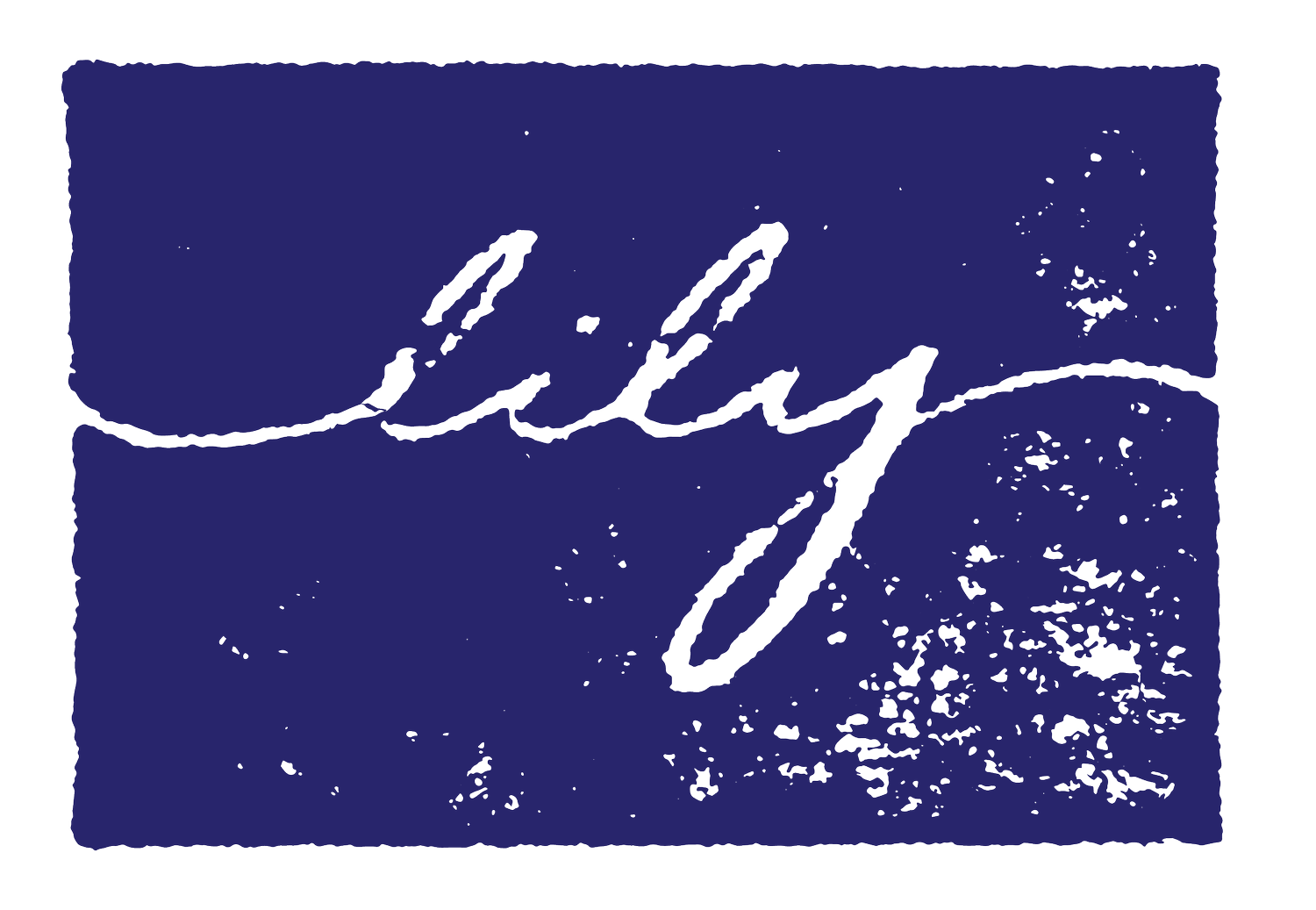Plastic Horizons
UX, UI
An interactive space for Gen Z and Millennials to learn about climate change and how it has and will affect the world around them; and to provide resources that help initiate simple eco-friendly habits that will produce long-lasting change. Gen Z and Millennials were chosen because these generations will be the most impacted by the effects of climate change. Through learning, they can teach the younger generations about protecting the environment.
The Team: Lily Shuffler, Addison Wittler
My Role: App and game UX/UI, Experience EGD
The Problem
Climate change is already a problem that has started to change our homes, but in the near future, it will be something unavoidably apparent as a threat to each and every one of us. How can we tell an impactful message that generates change for the betterment of us all?
Project Goals
Create an immersive learning experience that promotes proactive action toward keeping the Gulf Coast and other bodies of water clean from pollution.
Why the Gulf Matters
The Gulf of Mexico’s currents spread pollutants to over ten countries' coastlines, going as far as Venezuela and Northern Brazil.
The Gulf of Mexico is an area of intensive oil and gas development, some of the world’s largest fisheries, and many of the U.S.’s largest ports and most active shipping lanes.
The Gulf of Mexico is one of the oldest and most ecologically threatened bodies of water in the world.
The Gulf of Mexico is over five million acres large (about half the size of the US) and is home to over 15,000 plant and animal species.
Who Cares Most
28% of Millennials have taken political action to correct climate change.
Generation Z visits interactive science museums 11% more than other age groups.
40% of Millennials engaged on social media with content on the need for climate action.
45% of Generation Z engaged on social media with content on the need for climate action.
32% of Generation Z have taken political action to correct climate change.
User Personas
Dylan, 35 Years Old, Katy, TX
Dylan says “I want to leave a good world for my kids” and “It’s hard to make changes with children”.
Dylan thinks about the conditions his kids will grow up in. He doesn’t think he has time to think about helping the environment as well as being a parent; he feels like life is too hectic.
He doesn’t want to feel guilty about not being Earth-conscious.
Dylan doesn’t use many reusable items and gets overwhelmed by the clutter of permanent kid-friendly options.
Sam, 21 Years Old, Corpus Christi, TX
Sam says “This won’t affect me” and that ”not enough people care enough to do anything”.
She thinks that the problem is bigger than her and that other people will do something about it. She finds the news depressing and compares herself to people who are worse than her.
Sam feels like there is too much going on; she feels like she doesn’t have enough information and is guilty that she can't create ‘real change’.
Sam tries to use reusable plastics but still gets overwhelmed by all of the other waste in her life. She is also trying to save money by choosing the plastic option over more expensive eco-friendly options.
User Journey
How Might We’s
Research Takeaways
Information needs to be presented in a way that captures users.
Provide context for the purpose of the experience.
An additional touchpoint will be needed to provide an incentive for users to be proactive with the information they learn.
Final Product
A pop-up interactive experience for museums and schools to illustrate the effect of pollution on the Gulf. People visiting the Plastic Horizons exhibit first walk along examples of varying pollutant visibilities to prepare them for the VR game. After walking and reading the content on pollutants, visitors can participate in the Plastic Horizons VR game which is played on an omnidirectional treadmill.
The Exhibition Space
Plaques next to the visual displays explain what is being shown and provide context for the VR game.
The backdrops help prepare visitors for the VR game by showing the difficulty of finding different-sized pollutants.
Visitors of the Plastic Horizons exhibition can participate in a VR game that promotes keeping the Gulf of Mexico pollutant-free. The game is split into levels by pollutant visibility difficulty.
The user is immersed in an experience that mimics being in the ocean while finding a list of pollutants.
VR Game
After visiting the Plastic Horizons exhibit, users are urged to download the Plastic Horizons app to earn discounts and rewards through proactive challenges that reinforce eco-friendly choices in their every day lives.
Starting Off
Plastic Horizons has daily challenges along with a larger variety of challenges that help encourage users to make environmentally friendly decisions throughout their day. Users earn points by completing challenges which they can redeem for discounts with eco-friendly brands.
Users of the Plastic Horizons app can complete challenges throughout the day. This wide range of challenges keeps it exciting for users to be friendly towards the Earth.
Take Action
Reap the Benefits
Completing challenges in the app rewards points that can be redeemed towards discounts with eco-friendly brands. Plastic Horizons also keeps track of coupons earned and redeemed all in one place.
With More Time
Create an ad campaign that can be used to advertise the Plastic Horizons app in public spaces to individuals who may not have the opportunity to visit the interactive experience.






